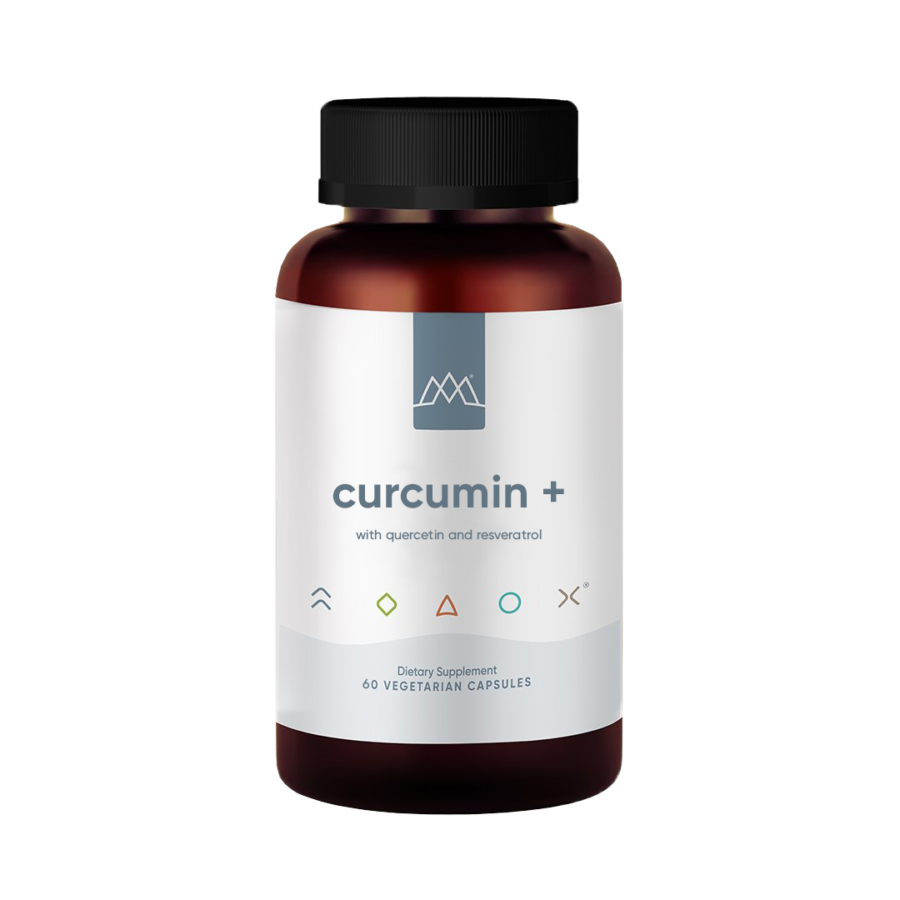It turns out that when it comes to heart disease, there are ways that chiropractic can help protect your heart. 
Lower Blood Pressure
High blood pressure or hypertension as it is known medically, is a common cardiovascular condition. Often referred to as “the silent killer,” there are no evident symptoms, but, if left untreated, hypertension can lead to heart attack or stroke. High blood pressure makes the heart work harder than it should to pump blood to the rest of the body. This can cause the lower left chamber of the heart to thicken. The thickened area increases the risk of heart attack or even heart failure.
Can a chiropractor help reduce blood pressure?
A misalignment of the cervical spine at the Atlas vertebra (the first bone in the neck that allows your head to move backward and forward), is associated with a disruption in the blood supply to the base of the brain (known as the brain stem.)1 When this blood flow is interrupted, circulation can be compromised, resulting in an increase in blood pressure. Through chiropractic adjustment of the Atlas bone, blood pressure can be reduced. Furthermore, a reduction in blood pressure through realignment of the Atlas bone has been shown to be as effective as a two-drug combination therapy.2
If blood pressure can be improved, what about heart palpitations?
Since a chiropractic adjustment to the Atlas bone can lower blood pressure, which will in turn lower the heart rate, this can ultimately reduce the incidence of heart palpitations. Chiropractic adjustments to the middle, or, the thoracic spine, can also help reduce heart palpitations because they can minimize pressure on nerves surrounding the heart.
Support Cardiac Nerve Function
The cardiac plexus is a network of nerves connecting with the heart. It receives input from the right and left vagus nerves which originate in the brain and run through the face and the chest, all the way to the abdomen. One of the largest nerve systems in the body, the vagus nerve, is so named because it wanders “like a vagabond” throughout the body, sending out nerve fibers from the brain to all the organs in the body.
The vagus nerve manages essential and involuntary physiological functions that are part of the autonomic nervous system (ANS.) The ANS regulates mood, the immune response, digestion, heart rate, and contraction of the heart. The vagus nerve also communicates between the brain and the gastrointestinal tract, sending information about internal organs back to the brain.
Researchers of an Italian review study found that spinal adjustments through chiropractic care could help regulate nerves that run outside of the brain and spinal cord to help counterbalance an over-activated nervous system.3 Vagus nerve stimulation is considered an effective therapy for severe depression as it releases chemicals in the body that are important in fighting depression.
Improve Heart Rate Variability
Chiropractic adjustments can impact the autonomic nervous system in other ways, such as improving heart rate variability. Heart rate variability is the variation in the time between heartbeats. It is an involuntary function controlled by the autonomic nervous system. These variations are imperceptible except when measured using specialized equipment, which can indicate or predict cardiac problems, even depression or anxiety.
A 2006 study demonstrated that patients seeking chiropractic care for pain had significant reductions in heart variability and other cardiac measurements after just a single chiropractic adjustment.4 Patients also experienced self-reported reductions in pain.
Heart health can also be supported through supplementation. Coenzyme Q10 (CoQ10) is found in every cell in the body. It helps increase the body’s energy levels and enhances stamina. The heart, brain, and other organs require high levels of CoQ10 to function optimally. MaxLiving CoQ10 (also formulated with lipoic acid) assists the body with the conversion of nutrients from food into energy. Lipoic acid is an important antioxidant that helps to fight damage from free radicals everywhere in the body and supports the natural detoxification process in the body.
Decrease Blood Markers of Inflammation
Inflammation is at the root of all disease states, including cardiovascular disease.5 In fact, where it was once believed that high cholesterol was responsible for cardiovascular disease, many doctors now believe inflammation to be the root cause. Inflammation may contribute to the build-up of plaque or loosen plaque in the arteries and trigger blood clots; the primary cause of both heart attacks and strokes.
There are many inflammatory markers that can be tested through routine blood work to determine the presence of systemic inflammation in the body. A 2010 study published in the Journal of Chiropractic Medicine looked at two markers of inflammation, IL-6, and CRP, following a short-term course of chiropractic treatment in people both with and without chronic low back pain.6
Following a total of nine chiropractic lower back adjustments, inflammatory markers on participant blood tests showed a return to a normal inflammatory response in individuals who were treated for chronic low back pain.7
Blood Markers of Inflammation can be different for different types of diseases or conditions. IL-6 and CRP are common to many disease states and conditions, not simply to chronic low-back pain. However, it can be said that chiropractic intervention has been shown to lower some inflammatory markers that may contribute to cardiovascular disease. 
Supplementing with curcumin can have a profound effect on managing the body’s inflammatory response. MaxLiving’s Curcumin+ contains three powerful ingredients that help to support a healthy immune system, fight inflammation, and support joint health: curcumin, resveratrol, and quercetin.
In addition to these three polyphenols (all shown to have a high degree of reliability in lowering inflammation), MaxLiving’s Curcumin+ is formulated with CurcuminUP60, a highly absorbable curcumin in comparison to other brands on the market.
Reduce Chest Pain
Not all chest pain is related to a heart condition. Quite often, the rib cage can be out of alignment, or ribs may become displaced – which can bring about muscle tightness and pain in the chest. Lower back misalignment can also cause ribs to be displaced, which can bring about muscle spasms and chest pain. Chiropractic adjustments, which realign the spine, can bring pain relief and relaxation to these muscle groups.
Improve Lung Function
People struggling with back or neck pain can also have difficulty breathing. With increased chest expansion and flexibility, the lungs can begin to have improved movement and take in more air. This can be managed through chiropractic adjustments which can relax tight muscles thereby improving overall lung function.
Chronic Obstructive Pulmonary Disease (COPD) refers to a group of conditions such as chronic bronchitis and emphysema in which airflow through the bronchial tubes is permanently restricted.8 A 2016 study evaluated a series of lung function measures and found that five out of the six measures tested showed improvements in lung function and exercise performance after patients received chiropractic care. 9
Chiropractic treatment is based on the belief that the body can heal itself when a trained professional properly adjusts the spine. The benefits of chiropractic go beyond mechanical adjustments, providing benefits to the heart, lungs, and the entire body.
About the Author

Jini Cicero is a Los Angeles-based Strength and Conditioning Specialist with a bachelor’s degree in Kinesiology. With over 20 years of experience as a health, fitness, and nutraceutical professional, Jini is passionate about advancing natural medicine and optimal health. Whether she’s working with Hollywood celebrities or cancer patients, Jini uniquely combines exercise science, sports nutrition, and corrective exercise. As a speaker, presenter, and writer, her work has been featured in numerous publications, such as Shape, MindBodyGreen, and The L.A. Daily News.
References:
- https://pubmed.ncbi.nlm.nih.gov/17252032/
- https://pubmed.ncbi.nlm.nih.gov/17252032/
- https://www.ncbi.nlm.nih.gov/pmc/articles/PMC8023121/
- https://pubmed.ncbi.nlm.nih.gov/16690380/
- https://www.nature.com/articles/s41591-019-0675-0
- https://www.ncbi.nlm.nih.gov/pmc/articles/PMC3188345/
- https://www.ncbi.nlm.nih.gov/pmc/articles/PMC3188345/
- https://www.cdc.gov/copd/index.html
- https://www.ncbi.nlm.nih.gov/pmc/articles/PMC4761829/





